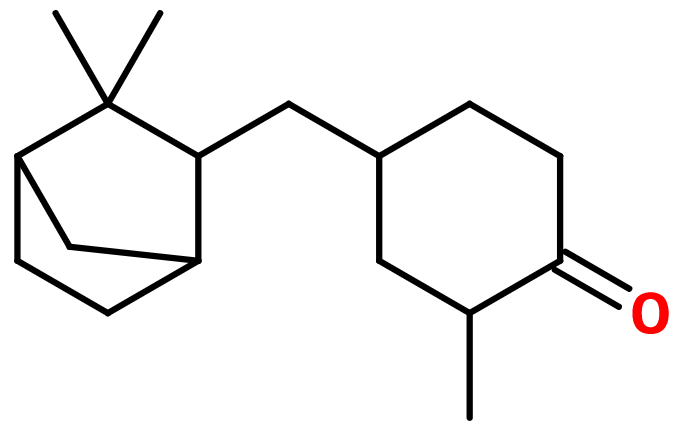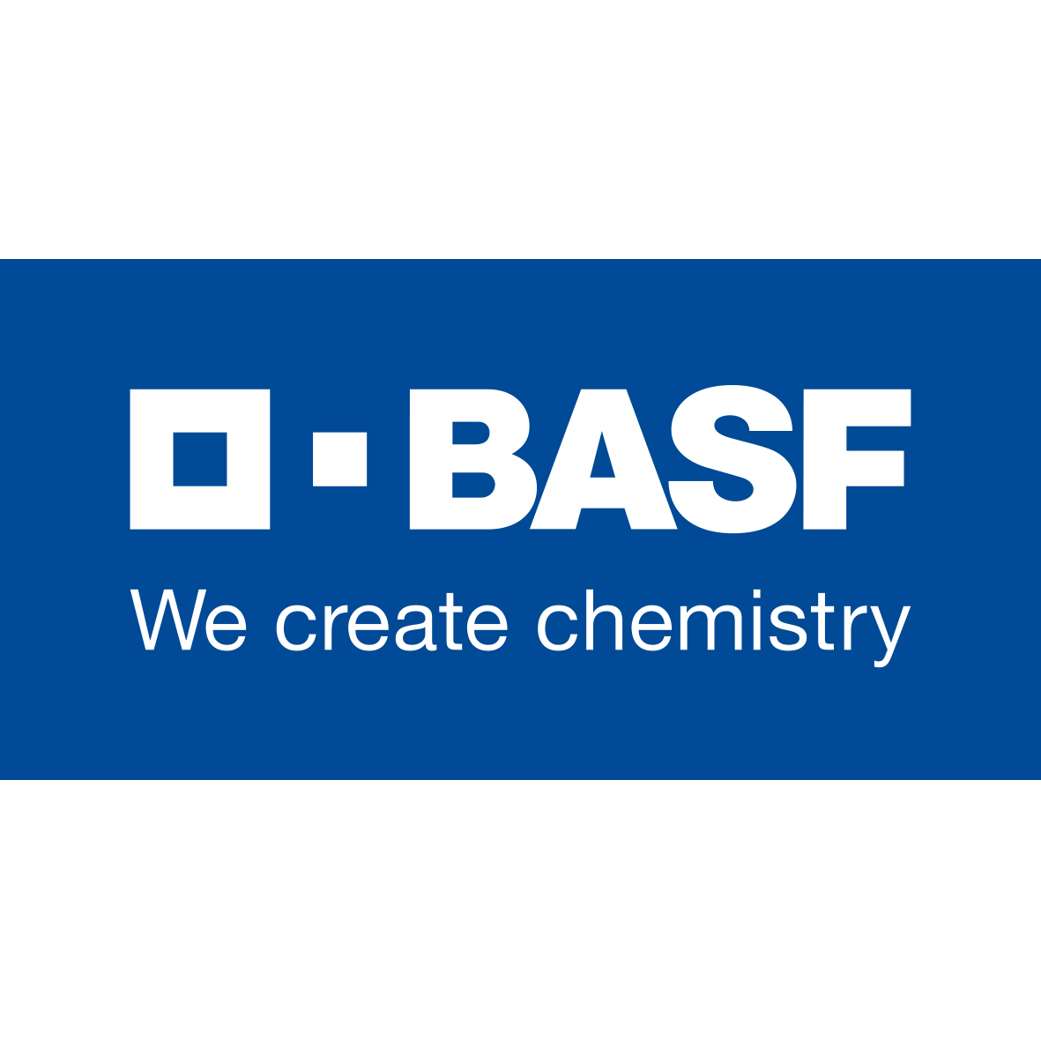
Photo credits: ScenTree SAS
| Company | Ingredient Name | ID | Comments | Naturality | Certifications | MOQ | Purity |
|---|---|---|---|---|---|---|---|
|
|
Aldron - 30 Gr | - |
Visit website
|
- | - | - |
General Presentation
-
CAS N° :
68901-22-4 -
EINECS number :
272-665-7 -
FEMA number :
Donnée indisponible. -
FLAVIS number :
Donnée indisponible.
-
JECFA number :
Donnée indisponible. -
Volatility :
Base -
Price Range :
Data not available.
Physico-chemical properties
-
Appearance :
Colorless liquid -
Density :
0,978 -
Refractive Index @20°C :
1,505 -
Optical rotation :
Data not available. -
Vapor pressure :
Data not available. -
Flash Point :
> 101°C (> 213,8°F)
-
Molecular formula :
C17H28O -
Molecular Weight :
248,41 g/mol -
Log P :
Donnée indisponible. -
Fusion Point :
Donnée indisponible. -
Boiling Point :
325°C (617°F) -
Detection Threshold :
Donnée indisponible.
Chemistry & Uses
Uses in perfumery :
Aldron® is used to bring a metallic and animalic note in chypre and floral perfumes, with a woody and milky base note.
Year of discovery :
Data not available.
Natural availability :
Aldron® is not found on a natural state.
Isomerism :
The molecule of Aldron® has five asymetric carbons, giving birth to many stereoisomers. A mixture of all these isomers is used in perfumery.
Synthesis precursor :
Aldron® is not a precursor for the synthesis of another compound of olfactive interest.
Synthesis route :
Data not available.
Stability :
Stable in perfumes and in diverse bases.
Other comments :
Compared to other milky sandalwood notes as Polysantol® or Sandalore®, Aldron® stands out with a lactonic and fruity facet of plum. It also has a distinctive animalic note.
IFRA
IFRA 51th :
This ingredient is not restricted for the 51th amendment
















